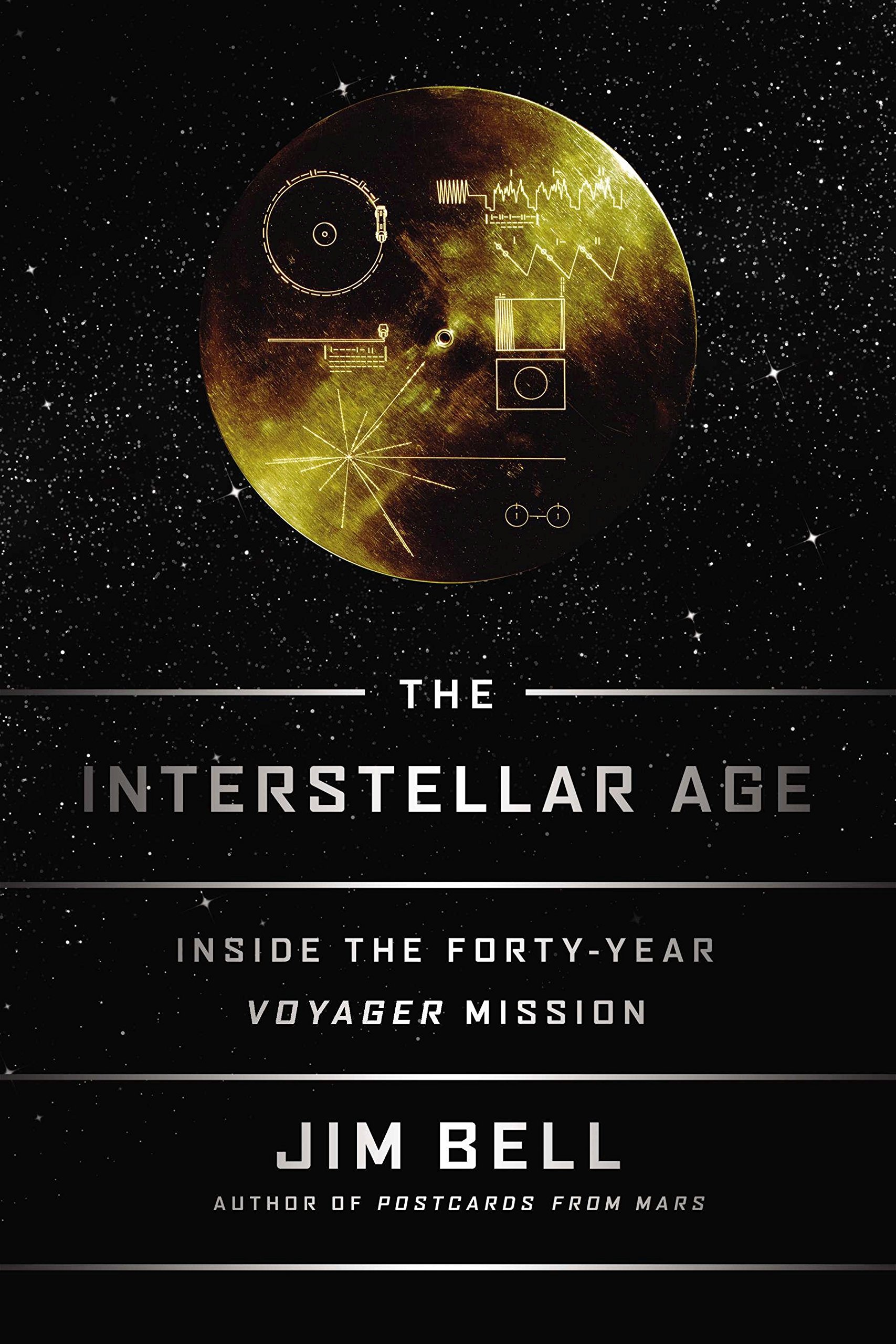 Story: From its inception as a pie-in-the-sky mission to the planets beyond Mars, dreamed up when no such missions to these places had ever been attempted, to its resounding success in the face of technical, political and budgetary hurdles, the Voyager program’s history is retraced through interviews with those who devised and operated the two Voyager spacecraft and their onboard scientific instruments. The author also adds his own experiences as a student gofer, and later an undergrad student, during the later Voyager encounters.
Story: From its inception as a pie-in-the-sky mission to the planets beyond Mars, dreamed up when no such missions to these places had ever been attempted, to its resounding success in the face of technical, political and budgetary hurdles, the Voyager program’s history is retraced through interviews with those who devised and operated the two Voyager spacecraft and their onboard scientific instruments. The author also adds his own experiences as a student gofer, and later an undergrad student, during the later Voyager encounters.
Review: It’s taken a while to get here, but this is the kind of book I’ve been wanting about this mission for years. If you were roughly the same age as I was, and were so inclined, the pages of magazines like Astronomy and National Geographic were peppered with the names of Voyager project leads and scientists – Ed Stone, Rich Terrile, Carolyn Porco, Larry Soderblom, Torrence Johnson, to name but a few – and these people, in my mind, were rock stars. “The Interstellar Age” elevates them to that status again, and it’s long overdue.
What’s really fascinating is that the author, early in his career as both astronomer and educator, was on the ground witnessing the whole thing – at least on the occasion of Voyager 2’s final flyby at Neptune. He was basically a gopher for the mission controllers during Voyager 2’s last hurrah, with the proviso that he could witness history as long as he did what was required of him and stayed out of the way. (For the sake of contrast, Doctor Jim Bell is now the president of the Planetary Society.) This lends him a personal stake and a unique vantage point.
And his presence at that time probably convinced many of the engineers, scientists and others involved in Voyager to speak candidly, but generally fondly, about their experiences. Bonding over their unique shared experience, the Voyager team became a large extended family, and there are probably incalculable unpaid hours involved because they were explorers first and foremost. But the author also lays out the costs in easily understandable numbers as well as, ultimately, how little these endeavors cost the American taxpayer, simply because they’re forced to compete for a tiny portion of a funding pool that works out to the same amount of money spent on dog toys each year. So while there’s poetry and grand adventure and science in this book, there’s also a strong case made for continuing to do those things.
The connections to NASA’s other missions are also drawn; Voyager veterans, after the 1989 Neptune flyby, migrated to other JPL missions, whether they were Mars rovers, Saturn orbiters, or a Pluto flyby that, at the time of publication, had yet to happen (don’t worry, there’s a whole other book about that mission). In the strictest sense, none of these missions that flung robotic spacecraft into the vacuum of space actually operated in a vacuum. Missions that don’t seem to be related informed other missions with the knowledge gained between 1977 and 1989.
I’m a big fan of the documentary The Farthest, which also covers some of the anecdotes in this book, though the book contains far more of those anecdotes – whether they’re funny human moments or jaw-dropping discoveries – and I’d highly recommend it to anyone regardless of having seen The Farthest or not. The only real question is: can we get Jim Bell to document more of these other missions? Because “The Interstellar Age” was a really good read.
Year: February 24, 2015
Author: Jim Bell
Publisher: Dutton
Pages: 336



